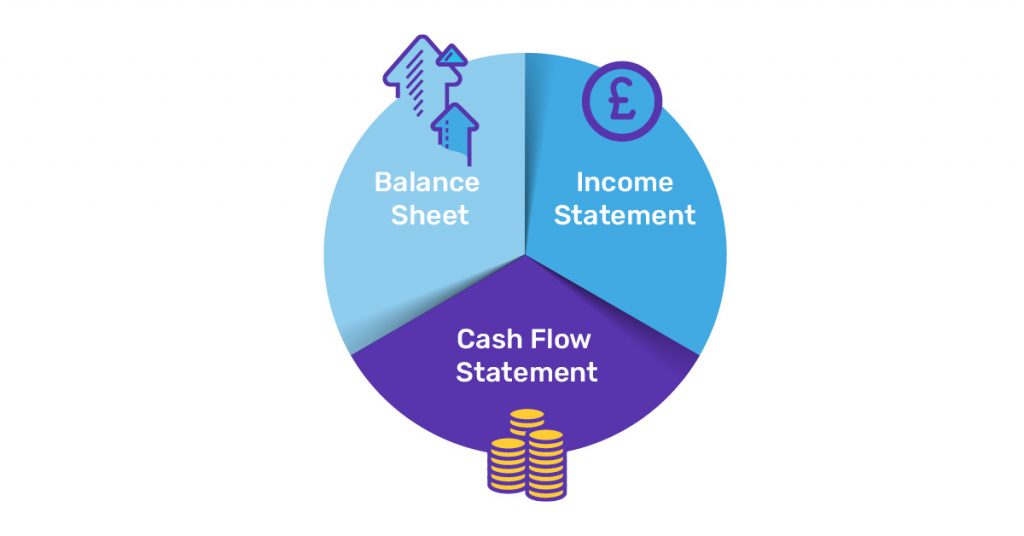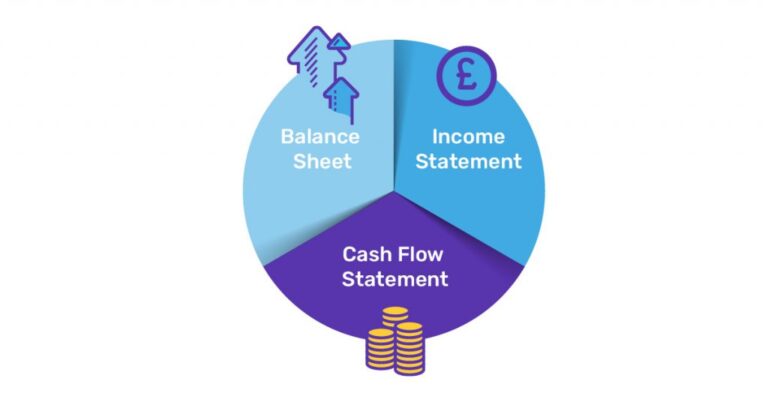Communicating your vision, strategy, and potential effectively is critical. A well-crafted pitch deck is more than just a presentation; it’s your opportunity to capture the attention of investors, partners, and stakeholders. This guide will delve into the essential components of a pitch deck, offering insights that ensure your presentation stands out in a crowded field.
Understanding the Purpose of a Pitch Deck

A pitch deck serves as a visual aid that conveys your business idea concisely and compellingly. Its primary purpose is to inform and persuade. Investors and stakeholders often review multiple pitches; hence, a captivating and informative deck can be the determining factor in securing funding or partnerships.
Essential Components of a Pitch Deck
To create a compelling pitch deck, it’s crucial to understand the key components that should be included. Below, we explore each element in detail:
1. Cover Slide

The cover slide is your audience’s first impression of your pitch. It should include:
- Company Name: Ensure your brand name is prominent and easily read.
- Tagline: A concise statement that encapsulates your business vision.
- Contact Information: Include essential contact details, ensuring potential investors know how to reach you.
2. Problem Statement
Clearly articulating the problem you aim to solve is paramount. This slide should:
- Define the problem with precision.
- Use data and statistics to underscore the significance of the issue.
- Include real-world examples to create relatability and urgency.
3. Solution Overview
After presenting the problem, transition smoothly into your proposed solution. This section should:
- Describe your product or service.
- Highlight what makes your solution unique and compelling.
- Use visuals or infographics to demonstrate how your solution works.
4. Market Opportunity

Understanding your target market is crucial. This section should:
- Provide an analysis of the market size and potential for growth.
- Identify your target audience and their demographics.
- Include insights on market trends that support the demand for your solution.
5. Business Model
Detailing your business model is critical for demonstrating how you plan to generate revenue. This slide should:
- Clearly outline your revenue streams (e.g., product sales, subscriptions, partnerships).
- Provide information on pricing strategies and customer acquisition costs.
- Illustrate how your business model adapts to market changes.
6. Competitive Analysis
A thorough competitive analysis demonstrates your understanding of the landscape. This section should:
- Identify your main competitors and their strengths and weaknesses.
- Use a comparison chart to highlight your competitive advantages.
- Explain how your business differentiates itself from the competition.
7. Go-To-Market Strategy

Your go-to-market strategy outlines how you plan to reach your target customers. This slide should:
- Detail marketing and sales strategies.
- Explain the channels you will use to promote your product or service.
- Include timelines and milestones for implementation.
8. Traction and Milestones
Demonstrating progress is critical to building credibility. This section should:
- Highlight your traction (e.g., user growth, sales figures).
- Present vital milestones reached, showcasing your journey.
- Use graphs and visuals to make the data engaging and easy to digest.
9. Financial Projections
Providing financial projections shows investors you have a clear path to profitability. This slide should:
- Include detailed revenue and expense forecasts for the next three to five years.
- Explain the assumptions behind your projections.
- Use graphs to visualise growth and profitability.
10. Team Overview

Investors often invest in people as much as they do in ideas. This section should:
- Introduce key team members and their backgrounds.
- Highlight relevant experience and skills that contribute to the business’s success.
- Include advisors or mentors who add value to your venture.
11. Funding Request
Clearly state your funding requirements. This slide should:
- Specify the amount of capital you are seeking.
- Outline how the funds will be utilised (e.g., product development, marketing).
- Define the expected impact of the funding on your business growth.
12. Closing Slide
Conclude your pitch deck with a strong closing slide that leaves a lasting impression. This section should:
- Recap the key points presented.
- Reiterate the potential impact of your business.
- Include a compelling call to action, inviting your audience to engage further.
Design and Presentation Tips

An exceptional pitch deck not only delivers compelling content but also presents it in an aesthetically pleasing manner. Here are some essential design tips:
- Consistency: Use a consistent colour scheme and font style throughout the deck to maintain a professional appearance.
- Visuals: Incorporate visuals like images, graphs, and charts to enhance understanding and retention.
- Brevity: Keep slides uncluttered. Aim for concise bullet points rather than dense paragraphs.
- Engagement: Practice your delivery to ensure a confident and engaging presentation. Use storytelling techniques to make your pitch relatable and memorable.
Final Thoughts on Crafting Your Pitch Deck
In conclusion, creating an outstanding pitch deck requires a meticulous approach to each component. By addressing the critical elements outlined above, we position ourselves to capture attention and inspire confidence in our business vision. A well-structured pitch deck can be the key to unlocking funding and partnerships, paving the way for future success.
As you embark on this journey, remember that your pitch deck reflects your commitment and passion for your venture. Make every slide count, and let your enthusiasm shine through.












